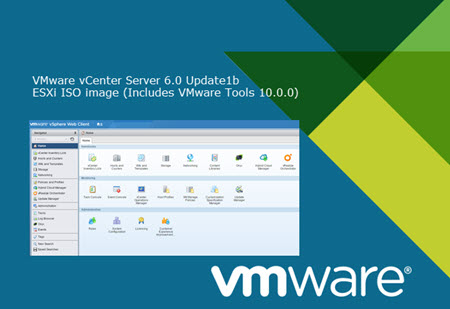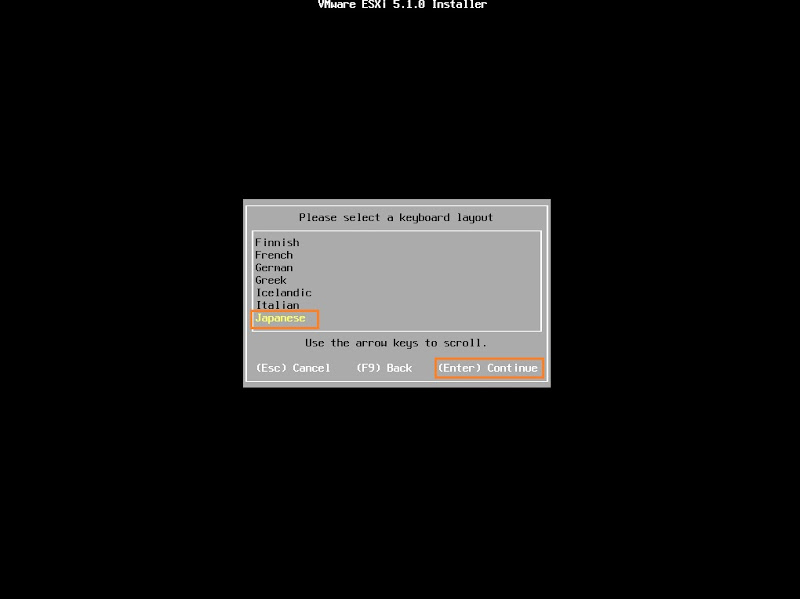Vmware Vsphere Hypervisor Esxi 5.5.0u2-2068190 X86_64 Iso 2
VSphere 6.0 released and we are started evaluating the features of our brand new hypervisor with our evaluation license. The evaluation period is 60 days but do you think 60 days is not enough to keep your hands dirty with ESXi 6.0.

It will be time-consuming to re-install ESXi 6 every 60 days after your evaluation license is expired. Don’t worry, VMware provides us with the Free ESXi 6.0 Hypervisor with non-expired license keys. VMware ESXi Free version is the same download as the full ESXi with exact same ISO but stays unlocked only for 60 days. If you don’t enter the serial number for the free version, the product works as full version during 60 days. When the trial period ends and the product locks out the advanced features and becomes VMware ESXi free. VMware ESXi Free vs PAID What is VMware ESXi Free Limitations?. 2 (physical) CPU limit.
No limit on Physical Memory. Number of cores per physical CPU: No limit. Maximum vCPU per virtual machine: 8. You can’t Manage Free ESXi from vCenter Server. No Support from VMware Support (GSS)How to Download ESXi Free License?Download Procedure for both Paid and ESXi Free is same and Moreover, both are the same ISO image.
Download theRegister or Login with your VMware account credentialsOnce you have logged in, you will be provided with the option to download the ESXi 6.0 Installation ISO and VMware vSphere client along with the VMware ESXi Free License Keys.How to apply ESXi Free license to ESXi host?Once the installers are download. Complete the ESXi 6.0 installation or upgrade. Connect to your ESXi host using vSphere Client.Click on Configuration tab and select Licensed Features. Click on Edit. Below are the product features which are available as part of vSphere Evaluation License.Enter the license key and Click on Ok. ESXi is turned to Free ESXi now with No Expiration.We are done with the free ESXi license key assignment with no expiration.
How to Perform Backup of VM’s running in Free ESXi?Free ESXi does not support vStoage API and hence no native backup support for Free ESXi versions. If you are using Windows VM, use its native backup or agent-based backup for VM’s running on Free ESXi.I believe this is informative for you.
Thanks for Reading!!! Be Social and share it on social media, if feel worth sharing it.vSphere 6.0 Related Articles:.

Vmware Vsphere Hypervisor Esxi 5.5.0u2-2068190 X86_64 Iso 2 0
. Solutions. Backup.
Replication. Site Recovery. NAKIVO for:.
Ecosystem. NAS-based Backup Appliance. Storage Integration. Customers.
Customers. Pricing.
Pricing. Pricing/Demo. Resellers. Promotions.
Resources. NAKIVO Blog. NAKIVO Forum. Resource Library. Support. Downloads. Partners.

Solution Partners. Cloud Providers. Technology Partners. Partner Portal. Company.
Contact. About. Media.
March 7, 2019by Building VMware Home Lab: Complete How-ToVMware is one of the best virtualization platforms in the world, popular among IT specialists due to its ability to provide high speed operations, reliability, scalability, security and convenience. The number of VMware users is growing every day – VMware provides virtualization solutions for both home and enterprise-level users which satisfy all of them. VMware type 2 hypervisors can be installed on existing operating systems running on desktops and laptops while the type 1 hypervisor can be installed directly on physical servers (a bare metal hypervisor). Type 2 hypervisors such as VMware Player, Workstation or Fusion are usually more affordable for users and IT enthusiasts than the type 1 hypervisor (ESXi Server). Not every user has a free physical server or servers in the inventory on which to try an ESXi and VMware vSphere enterprise grade virtualization solution. Technically, ESXi can be installed on your physical computer but you may need to integrate a VIB package into the ESXi installation disk image if the ESXi installer cannot detect some devices (VIB packages contain device drivers for ESXi).Today’s blog post explains how to set up a VMware lab at home for trying vSphere with ESXi hosts and vCenter in your existing environment by using a laptop or desktop computer.
This blog post also instructs you on how to attach shared storage and use vMotion/Storage vMotion for migrating VMs between ESXi hosts and datastores. The blog post is written in a walkthrough format so as to clearly explain how to build VMware home lab. Hardware Configuration for a VMware Home LabVMware Workstation is used in today’s blog post for deploying ESXi hosts as virtual machines.
Moreover, VMware provides a nested virtualization feature. Hence, you can create a VM running inside a VM.
In this particular case you can deploy a VM on an ESXi host running on a VM. To be able to work comfortably with the VMware home lab you need to have a computer that meets the the VMware home lab hardware requirements: 32 GB of RAM, a multicore x64 CPU with 1.3 GHz or faster core speed (produced in 2011 or later) that supports Intel VT-x or AMD-V virtualization hardware extensions, a hard disk drive (HDD) with about 200 GB of free space (SSD is preferred due to a higher read/write speed), Ethernet network adapter, Linux or Windows x64 operating system (with GUI) installed on your physical machine. Required softwareThe following software is used for the VMware home lab explained in today’s blog post:. VMware Workstation 15 is used as a desktop hypervisor.
VMware ESXi Server 6.7 as a VM (2 VMs total). VMware vCenter Server 6.7 (1 VM, deployed as a virtual appliance). FreeNAS 11.2 for creating an iSCSI shared storage (1 VM). Lubuntu 16 Linux for installing on a nested VMIn order to learn how to build VMware home lab, you need to understand how it is structured.